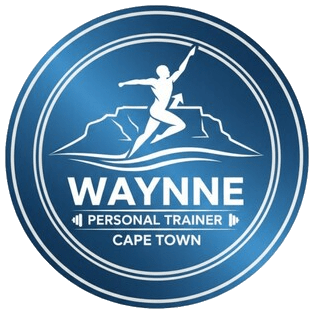If you have just begun a fitness program, or perhaps started up again after a long holiday break or Covid lockdown, you may have become really sore after exercising. You are probably experiencing delayed-onset muscle soreness (DOMS). Is this discomfort a necessary part of exercising?
RULE 1: TAKE IT EASY AT FIRST
#1: What Is DOMS?
DOMS is the perception of pain and discomfort following exercise that involves increased intensity; longer duration; unfamiliar movements; or eccentric muscular work, such as downhill running or plyometrics. This discomfort is a normal response, and most people experience it to some degree.
#2: What Are the Causes and Symptoms of DOMS?
For many years DOMS was blamed on the buildup of lactate (a metabolic by-product produced in the muscles from the breakdown of carbohydrate) after intense workouts, but recent research has demonstrated that the soreness following intense eccentric exercise is completely unrelated to lactate buildup. DOMS is actually brought about through tissue trauma caused predominantly by eccentric exercise. This type of exercise damages the muscle cell membrane, causing inflammation and leading to the formation of metabolic waste products that act as a stimulus to the nerve endings directly responsible for the sensation of pain.
Symptoms of DOMS can include pain, muscle tenderness, stiffness, swelling and loss of strength. Pain and tenderness usually hit the high point 1 to 3 days after exercise and subside within 7 days. Stiffness and swelling can peak 3 to 4 days after exercise and generally resolve within 10 days. Strength loss typically peaks within 48 hours after exercise; full recovery can take as long as 5 days. These symptoms are not dependent on each other and do not always occur together.

#3: What Can Help?
Non steroidal anti-inflammatory drugs (NSAIDS)—such as aspirin and ibuprofen—were long considered a way to alleviate the symptoms of DOMS, since they were thought to combat the inflammation that occurs with exercise-induced muscle damage. However, because of inconsistencies in the research on NSAIDS and the possible side effects of their use, such as gastrointestinal distress and hypertension, these drugs no longer appear to be the best choice for treating this condition. Employing physical strategies seems to be a more consistent, effective way to keep soreness at a minimum. (See “Physical Ways to Decrease Soreness.”)
Understanding the causes, symptoms and treatment of DOMS may help you avoid its complications—so you can keep exercising!
Physical Ways to Decrease Soreness
Try these strategies to minimize delayed-onset muscle soreness (DOMS):
Strategy
#1: Perform a General Warm-Up. Do a general warm-up to increase your core body temperature before exercise containing an eccentric component. Try a 5-minute general warm-up using an activity such as low-intensity calisthenics, cycling, jogging or stair climbing. Strategy
#2: Perform a Specific Warm-Up. A specific warm-up increases local muscle temperature to improve mechanical efficiency in the muscles to be used in a given activity. The duration of a specific warm-up depends on your fitness level and workout intensity and volume. Activities might include buttocks kicks, lunges and squats, but, as a rule, a specific warm-up should incorporate just those muscles that will be used in the upcoming activity. Strategy

#3: Gradually Introduce new exercises. When trying new activities (especially if you are new to exercise), avoid those that involve intense eccentric contractions, such as plyometrics and downhill running. Also avoid intense eccentric contractions when you are just beginning resistance training. Strategy
#4: Take Advantage of the Repeated-Bout Effect. Gradually increase your exercise intensity and duration over 1 to 6 weeks by modestly incorporating eccentric multi-joint exercises such as downhill running or the downward phase of a squat. A pattern of consistent progress will adapt the trained muscles to increased mechanical stress, minimizing the incidence and severity of DOMS.
Contact us at Personal Trainer Cape Town to assist you with your training program





